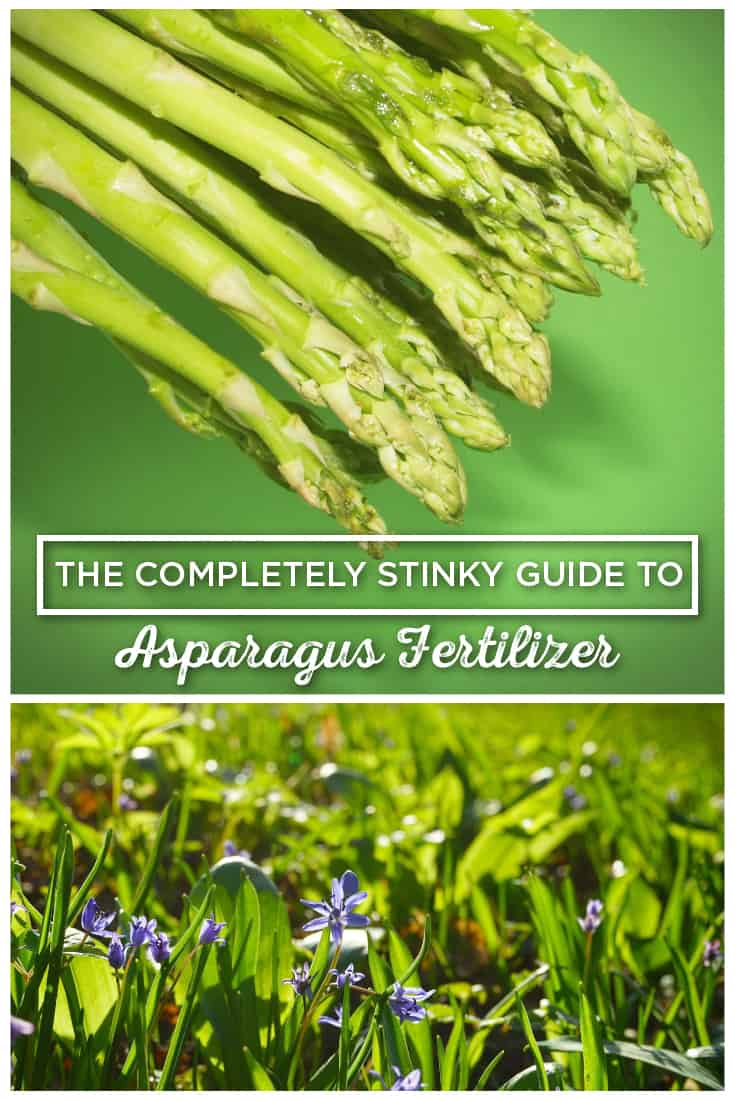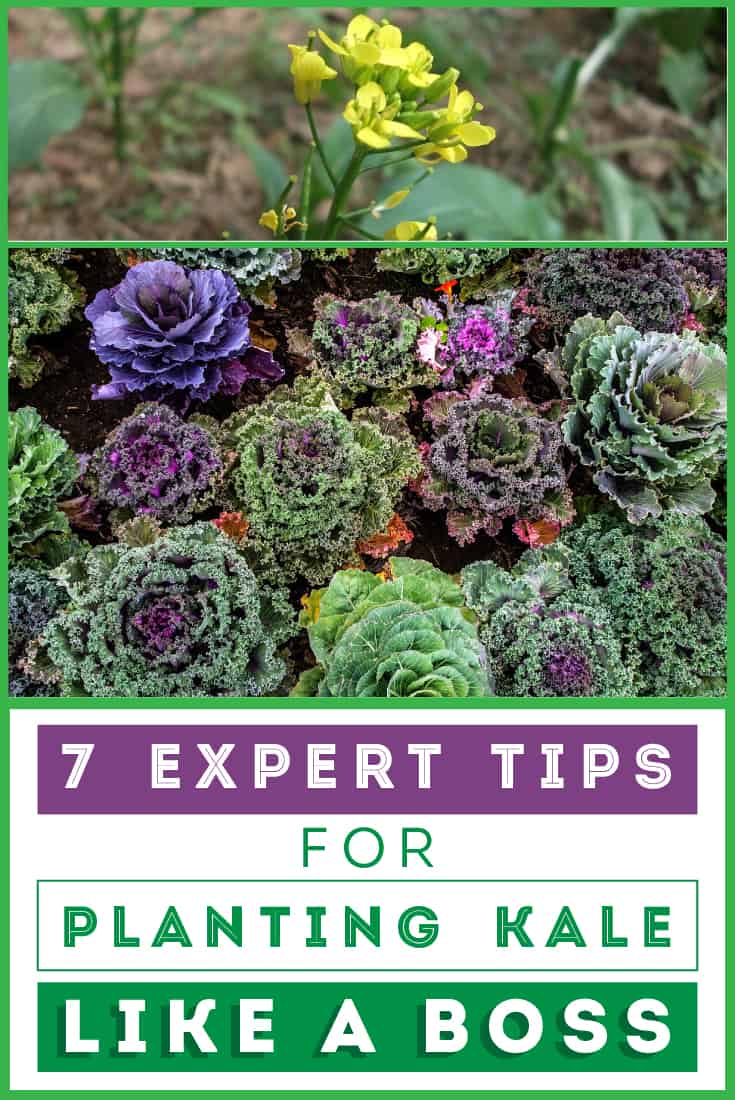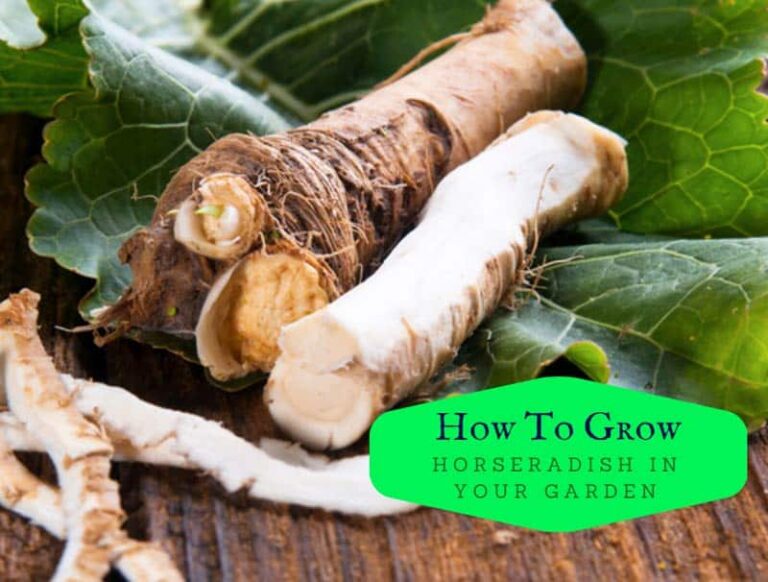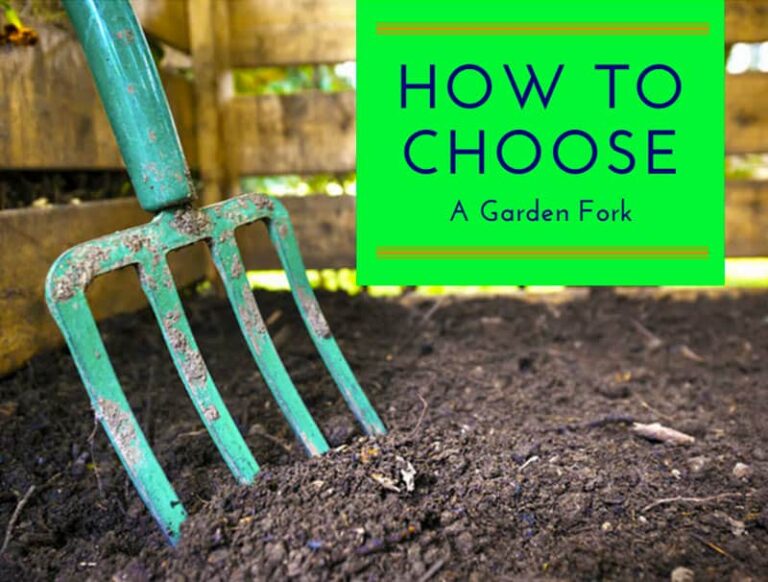Learn Everything About Garlic Sprouting
Garlic sprouting is the process of planting garlic cloves to produce sprouts, popular in cooking or using raw on salads, stir-frys and more. You can grow garlic sprouts by placing garlic cloves in a small amount of water in a clear cup or by placing cloves in soil and growing them as you would garlic bulbs.
Garlic sprouting can be done indoors or outdoors, but indoor growth allows for easy access to sprouts for kitchen use. Once garlic sprouts have grown at least three inches, you can trim them for your cooking needs, leaving at least an inch intact.
Why Would You Use Sprouting Garlic?
The idea that sprouting garlic is a sign that it has gone bad and should be thrown away is false. Garlic that sprouted about five days ago is richer in antioxidants than it was before it began sprouting, making it healthier. Sprouting is a sign that your garlic is protecting itself from bacteria or viruses.
And, it is at a point where you can plant it to grow more garlic indoors or outdoors. Once garlic has reached the sprouting stage, it’s perfect for planting indoors in a small container by a sunny window. In doing so, you’re skipping the beginning stages of the growth process, but your garlic can still grow, given the right conditions.
Some people like to purposely partake in garlic sprouting so they can grow just the sprouts to eat. They are often used in cooking for a mild garlic flavor, or eaten raw in salads, dips, or as a garnish. You can grow garlic sprouts in soil as you would to grow garlic bulbs, or in a cup with some water.
Choose and Prepare the Best Cloves
The best cloves for garlic sprouting and growing are those that are large, have most of their wrappers on, and have the brown blunt end intact. If your cloves have already sprouted, be extra careful with them, as they are likely to have some of their wrappers already off from the sprouts coming through.
To separate the cloves, gently push on the top of the garlic bulb until the cloves begin to separate. Then you should be able to gently pull them from the garlic stem, taking care to leave as much wrappers in place as you can.
Examine each clove for signs of possible disease or mold. Look for brown or soft spots, holes, cuts, or cracks. These should be discarded. Small cloves should be used for cooking rather than planting if you want to also use the reproduced bulbs. If you’re only growing garlic for the sprouts, the clove size doesn’t matter.
Garlic Sprouting in Water
If you want to grow garlic only for the sprouts, you can sprout garlic cloves in water. This can also be a good way to get your sprouts starting quickly for later planting within soil.
To sprout garlic in water, you’ll need a small, clear cup so you can see how your garlic cloves look and will easily be able to tell when your water is dirty and should be changed.
Add a small amount of water to the cup, just enough to cover the base of your cloves. You do not want to get the full cloves wet, or they’ll become useless as they’ll rot. Then, place the garlic cloves into the cup so just the bases of the cloves touch the water. You can place enough cloves to fill the cup, if their bases can touch the water.
Keep your cup in a window with plenty of sunshine. Change its water whenever it begins to look dirty or cloudy. Once they start growing a root system, you can move them into soil if you’d like to continue to grow garlic.
If you’re only sprouting garlic, you can trim the sprouts for use once they’ve grown about three inches long.
Garlic Sprouting in Soil
You can also sprout garlic cloves in soil, which will also lead to a healthy garlic bulb to use in cooking or to plant later. You can grow garlic in a small container in your home so you have easy access to sprouts when you need them. Make sure your container drains well and can hold the number of cloves you’d like to plant with at least two to three inches between them.
This video from MejiaGarden is an interesting time-lapse of garlic sprouting from soil in someone’s indoor containers:
Have Optimal Soil Conditions
Use a good potting mix that’s sandy and loose for good drainage and aeration. Soil for garlic also needs a nitrogen source, so look for a fertilizer with added nitrogen that you can mix into your soil before you plant the cloves.
Planting Your Cloves
To plant your cloves, make small holes in the soil about two to three inches deep and two to three inches apart from each other. Place each clove in a hole with the pointed end up and blunt base down. Carefully cover up each hole with more soil, loosely, to allow for proper growth, drainage, and airflow.
If your soil needs a little moisture, give it a bit of water now. Soil should only stay moist, not wet. You can add some organic mulch on top to help protect your garlic as it grows and keep the soil healthy, moist, and an even temperature.
Caring for Cloves and Sprouts
Your garlic should be kept in a sunny location in your home. Check the soil every few days to make sure it has adequate moisture. If any weeds grow, gently pull them out.
Your sprouts should begin showing after several weeks. Once they show, work a nitrogen-rich fertilizer into the soil to aid in growing the healthiest garlic bulbs and sprouts. If your sprouts begin to flower, cut the flowers off to provide more energy to your bulbs, which will produce healthier sprouts.
You can begin trimming and using sprouts once they have at least three inches of growth, but leave at least an inch intact. Only cut the sprout, not the leaves.
Read also how to grow other flowering herbs than garlic.
Photo by Yun Huang Yong licensed under CC BY 2.0.





